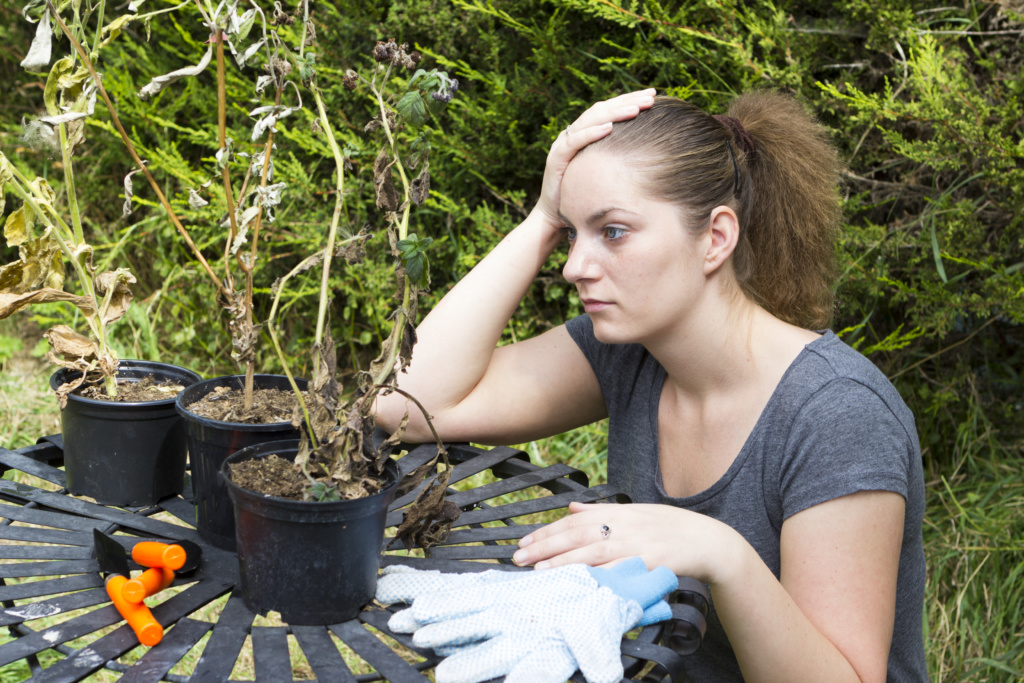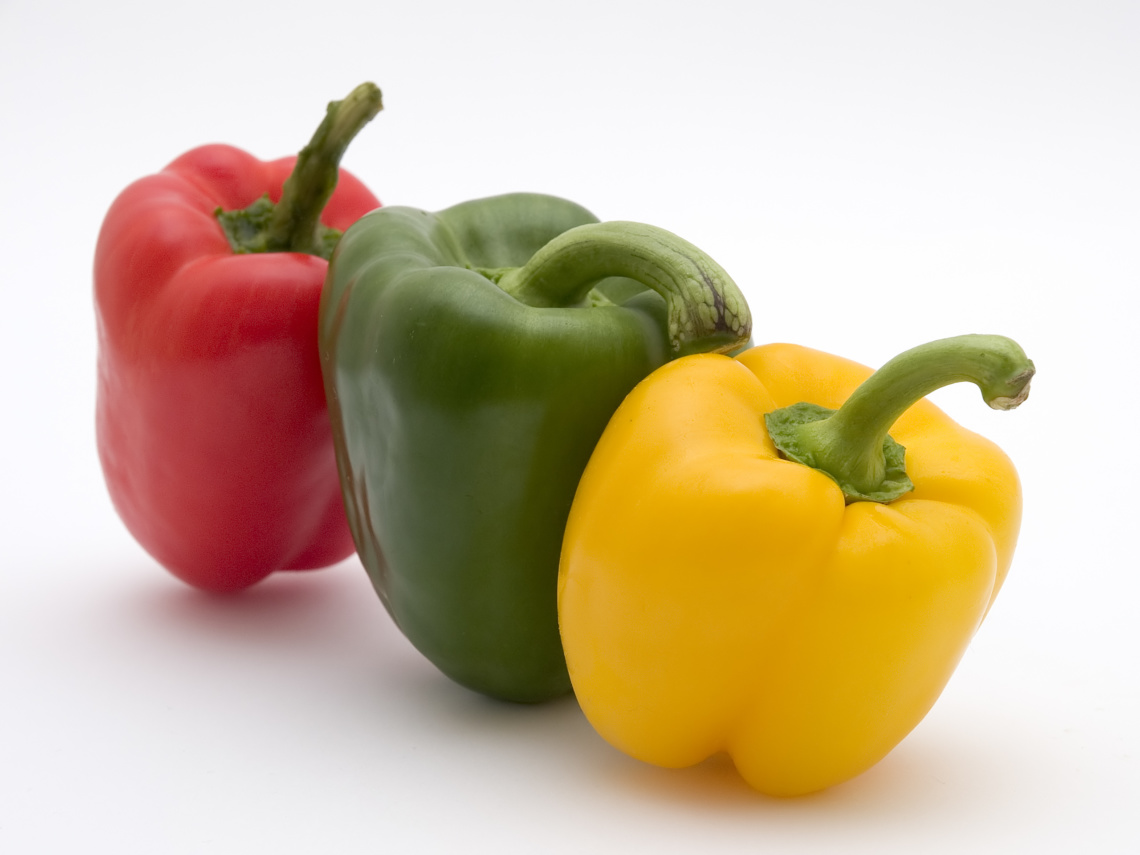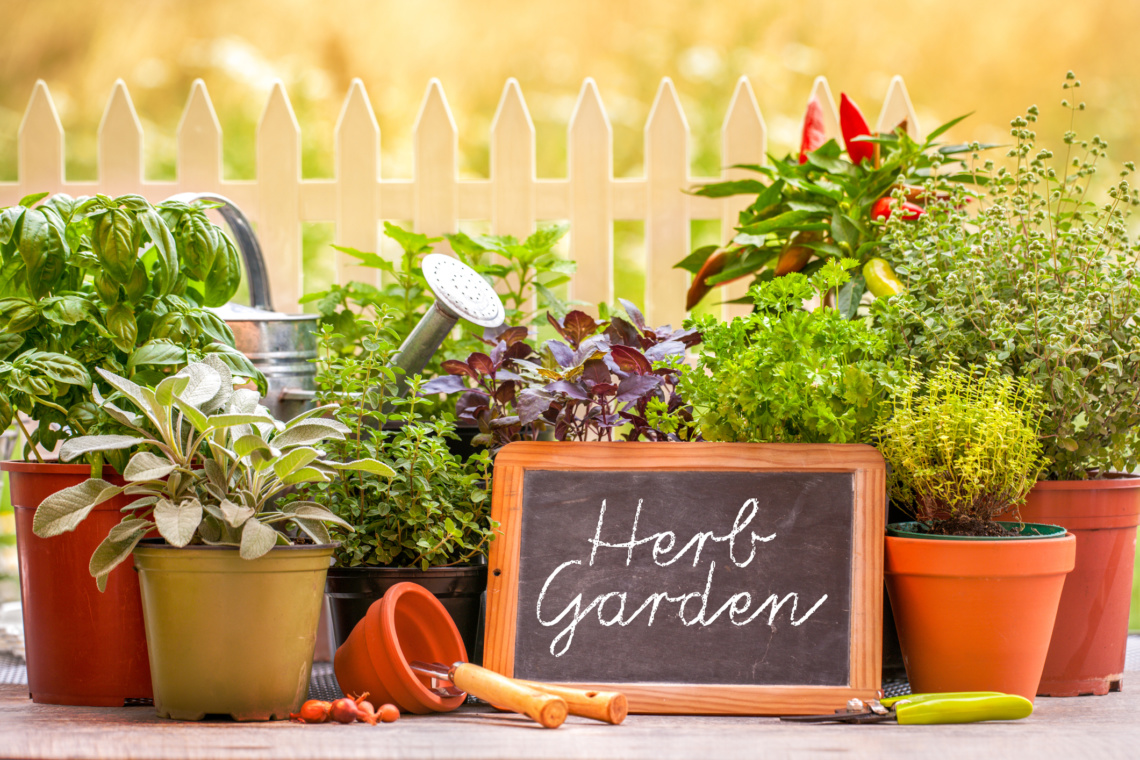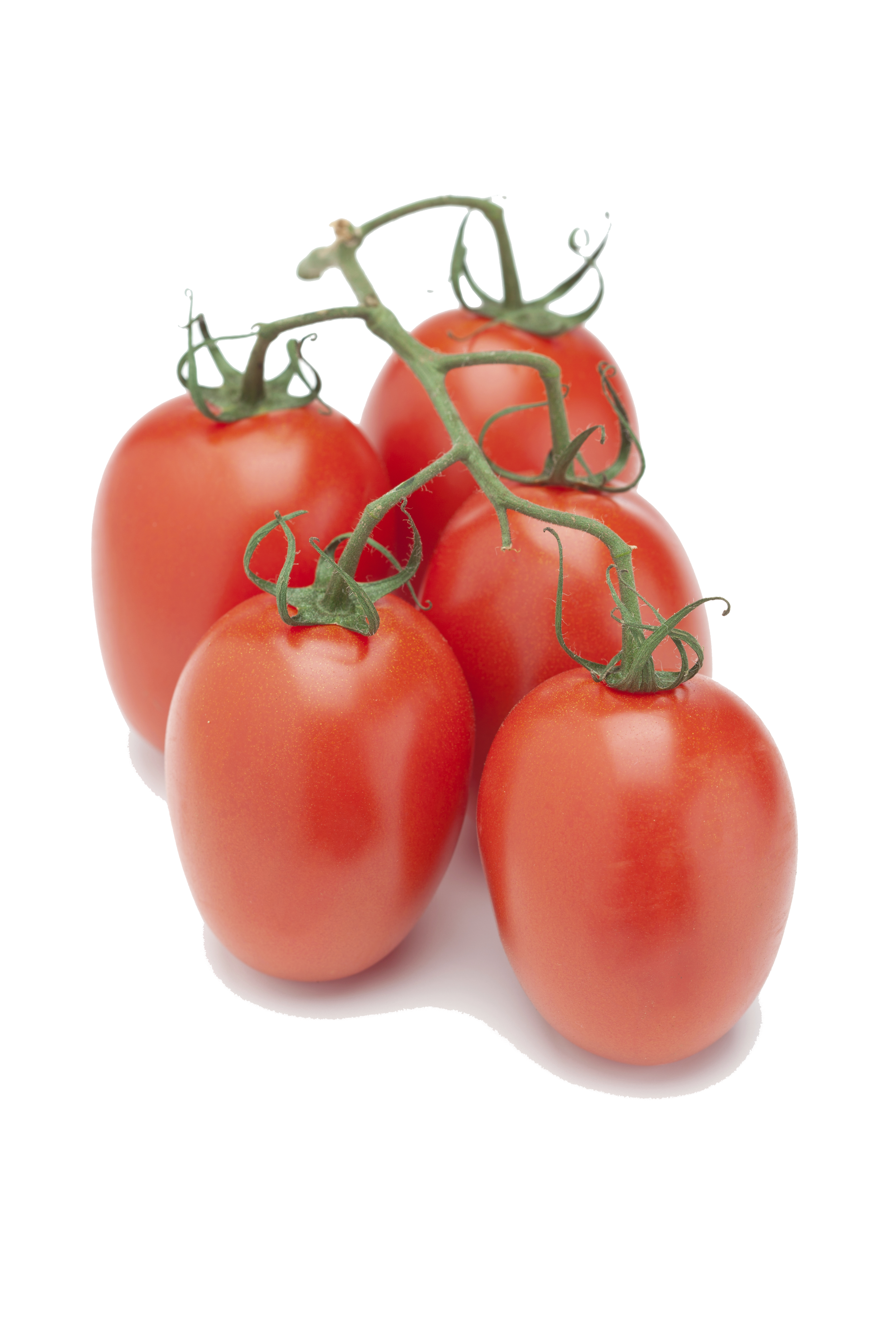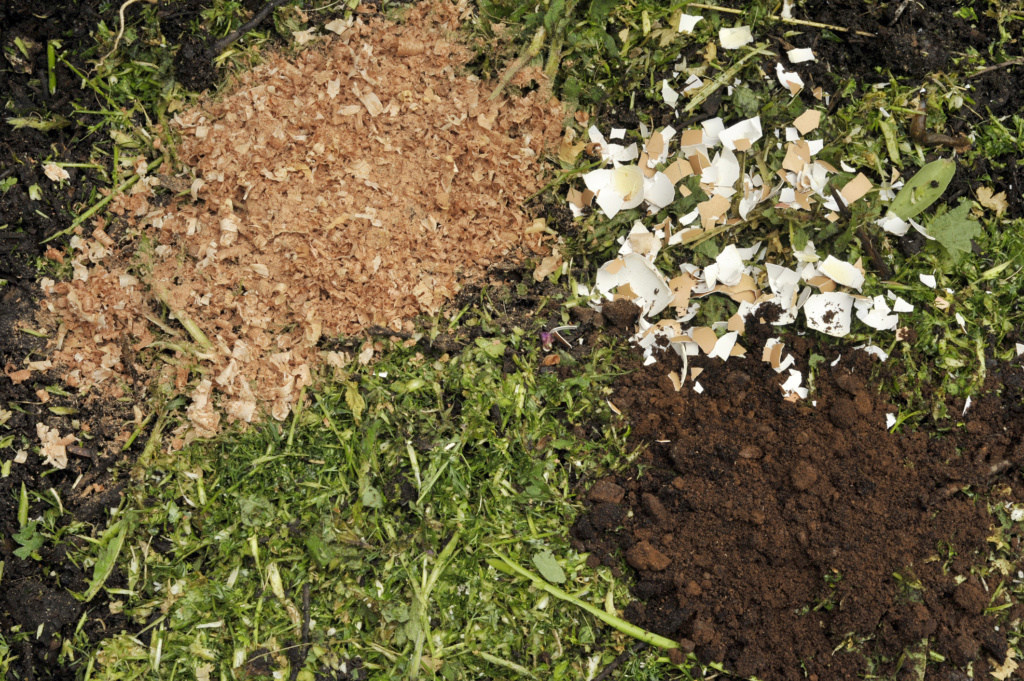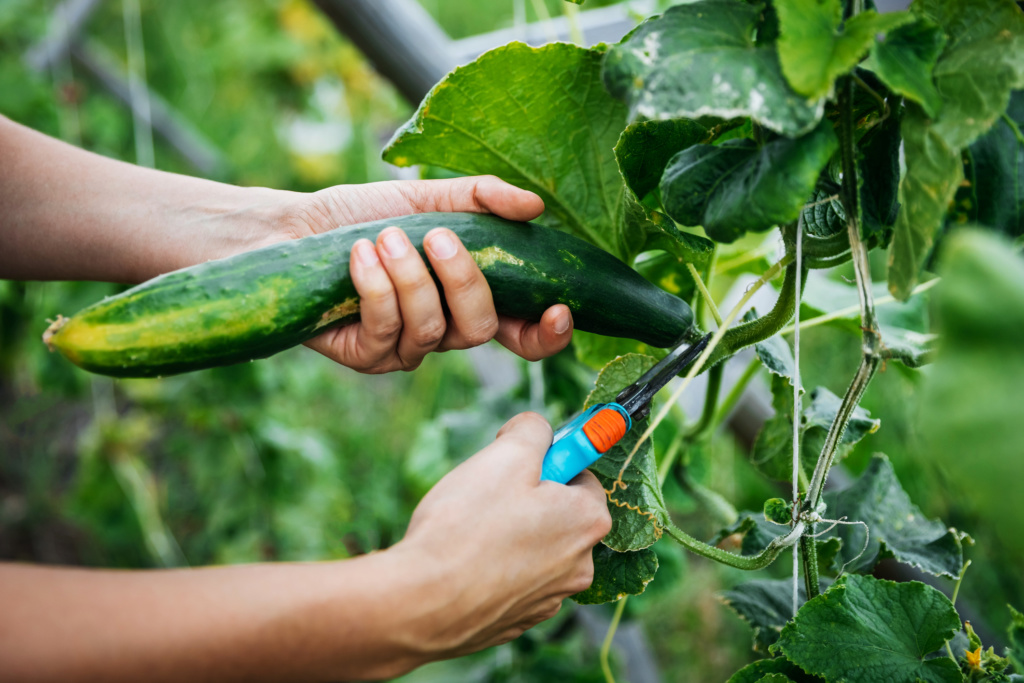Tips for Beginner Fruit and Vegetable Gardeners
Article by | Lizzie West
For those that have been tempted and ultimately bitten by the gardening bug (haha, get it?), you may have jumped into bed with your plants without fully thinking it through or researching thoroughly what is needed for a successful harvest. Having learned a few things about gardening over the years and how to come back from some early missteps, the following are the musings of an amateur that has gone through the same process you are right now. These are just a few ways to come back from some common false starts in a new garden.
Question: Why is nothing growing?
Answer: This could be for many reasons. Let’s start with the obvious.
Are your plants appropriate for your region and season? Here in the Brazos Valley area, we would look at planting what is ideal for a summer harvest at this point. Some favorites are a variety of popular herbs, tomatoes, sweet peppers, summer squash, many types of greens, cucumbers, and most berries – check out THIS list of in-season plants by month. To be honest, tomatoes and cucumbers are relatively common throughout much of the year in our climate and many herbs as well. If you chose the wrong kind of squash or your broccoli isn’t growing to your liking, it’s probably because it’s either out of season or the season is coming to a close. Think about updating your garden with new things to harvest in the coming months.
What kind of soil did you use? If you went cheap on the soil or didn’t get soil specifically for growing food, that’s not necessarily a nail in the coffin of your garden. There are a few things you can do to help enrich your soil. First, and easiest, would be to add plant food to your soil. You can go to your local garden store or, if you are still trying not to go out much, you can order online for curbside pickup or delivery of what you need. You can even call the garden center and ask questions to make sure you get what you need.
Let’s also go down the garden path of folks that don’t want to add “chemicals” to their garden. There are things in your very own kitchen you can use to enrich your soil and encourage a bigger harvest in the coming weeks. Lightly sprinkle a thin layer of used coffee grounds (without artificial flavoring) over the soil to add nutrients to the soil. Another easy way to add food or mulch to your garden and decrease waste in your household is to rinse your used eggshells, let them dry, and crush them up to add to the soil. This can be tilled into the top layer or simply used as mulch. The calcium they provide is a valuable addition and is great for producing all kinds of tasty and healthy veggies.
Question: Why do my fruits and vegetables have a lot of scarring and splitting?
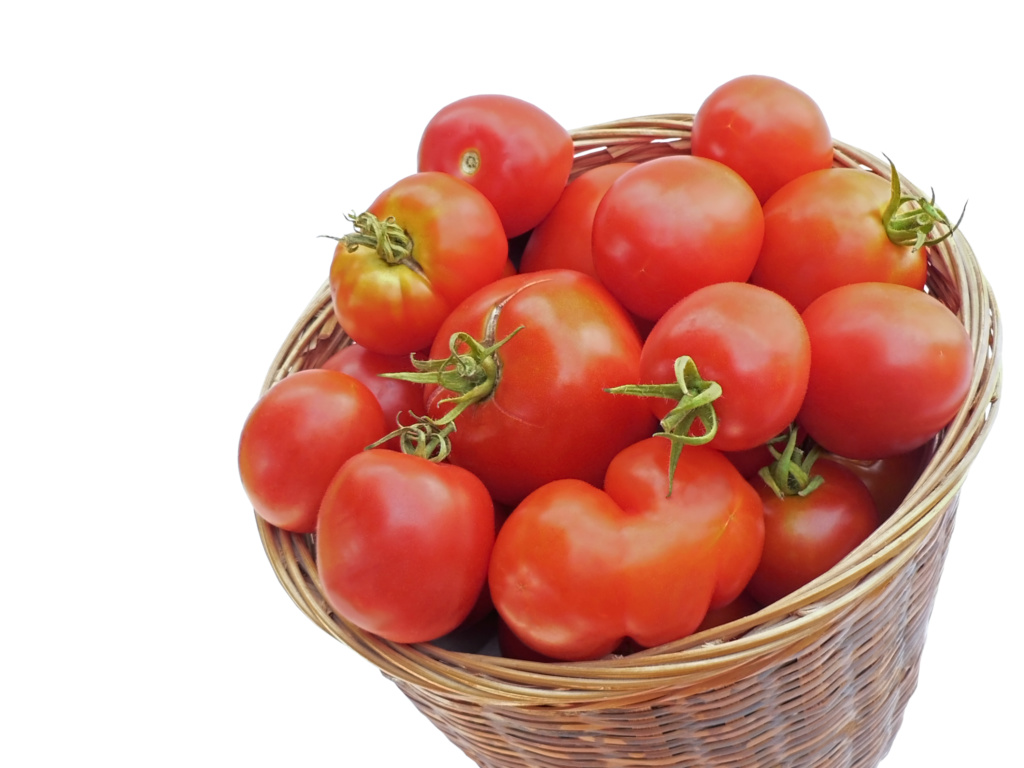 Answer: This is a common issue and many people have to learn to manage it. The Brazos Valley is receiving more rain this season and your watering schedule should reflect that. Rapid changes in the moisture level of soil surrounding plants can cause this. Most often it is when they have received more water and the skin of the fruit or vegetable can’t expand as quickly as the flesh inside. Try and keep track of the weather and water when needed to keep the soil at a consistent level of moisture, to keep splitting and scarring limited. Having said that, it won’t hurt to harvest these and trim around the areas that are scarred or look less pleasing.
Answer: This is a common issue and many people have to learn to manage it. The Brazos Valley is receiving more rain this season and your watering schedule should reflect that. Rapid changes in the moisture level of soil surrounding plants can cause this. Most often it is when they have received more water and the skin of the fruit or vegetable can’t expand as quickly as the flesh inside. Try and keep track of the weather and water when needed to keep the soil at a consistent level of moisture, to keep splitting and scarring limited. Having said that, it won’t hurt to harvest these and trim around the areas that are scarred or look less pleasing.
Question: Why are the seeds so big in my harvested items?
Answer: Many people have planted things like cucumbers and tomatoes because they tend to be easier to manage and create a good amount of food. Larger seeds are usually in bigger fruits and vegetables, so feel free to harvest a little earlier when they aren’t quite so big and allow them to ripen a bit off the vine before eating. This will halt the inside growth and limit the size of the seeds, so you feel like you’re getting a little more out of your harvest.
Question: Why are my plants dying?
Answer: This is a little more of a complex issue to handle because it could be due to any number of reasons. Too much water, not enough water, and pests are some common issues. Another even more common reason is overcrowding in new gardens. Many plants seem small and sparse when you first plant them, but they grow quickly and need adequate space to receive air flow and enough light to continue to flourish. Regular watering without keeping the soil completely saturated is necessary to help the plants grow, but avoid rotting in the root systems. Look for yellowing and blistering of leaves as signs of pests but also realize, not all bugs are bad. Research healthy ways to control pests without affecting the quality and safety of the food you produce.
Question: I feel like this has been a major fail, can I start over?
Answer: Absolutely! It’s important to remember that if what you’re doing isn’t working and you feel you need a fresh start, doing this sooner rather than later means that you’ll end up harvesting sooner than if you wait. You may end up realizing that you need to move your garden to a different area of your yard that’s closer to your water source, or has better light. There are certain things that would put you at a real disadvantage and are worth considering a fresh start. Be kind and patient with yourself and just do a little more research before buying anything new this time around.
Hopefully, these few topics helped you feel a little more confident in your garden and you’ll really DIG your upcoming harvest! Your home-grown salads will be ready for Instagram in no time!
